How to sort clothes for laundry – 10 tips to take laundry day from stressful to simple
Professional cleaners and organizers share how to sort clothes quickly and easily
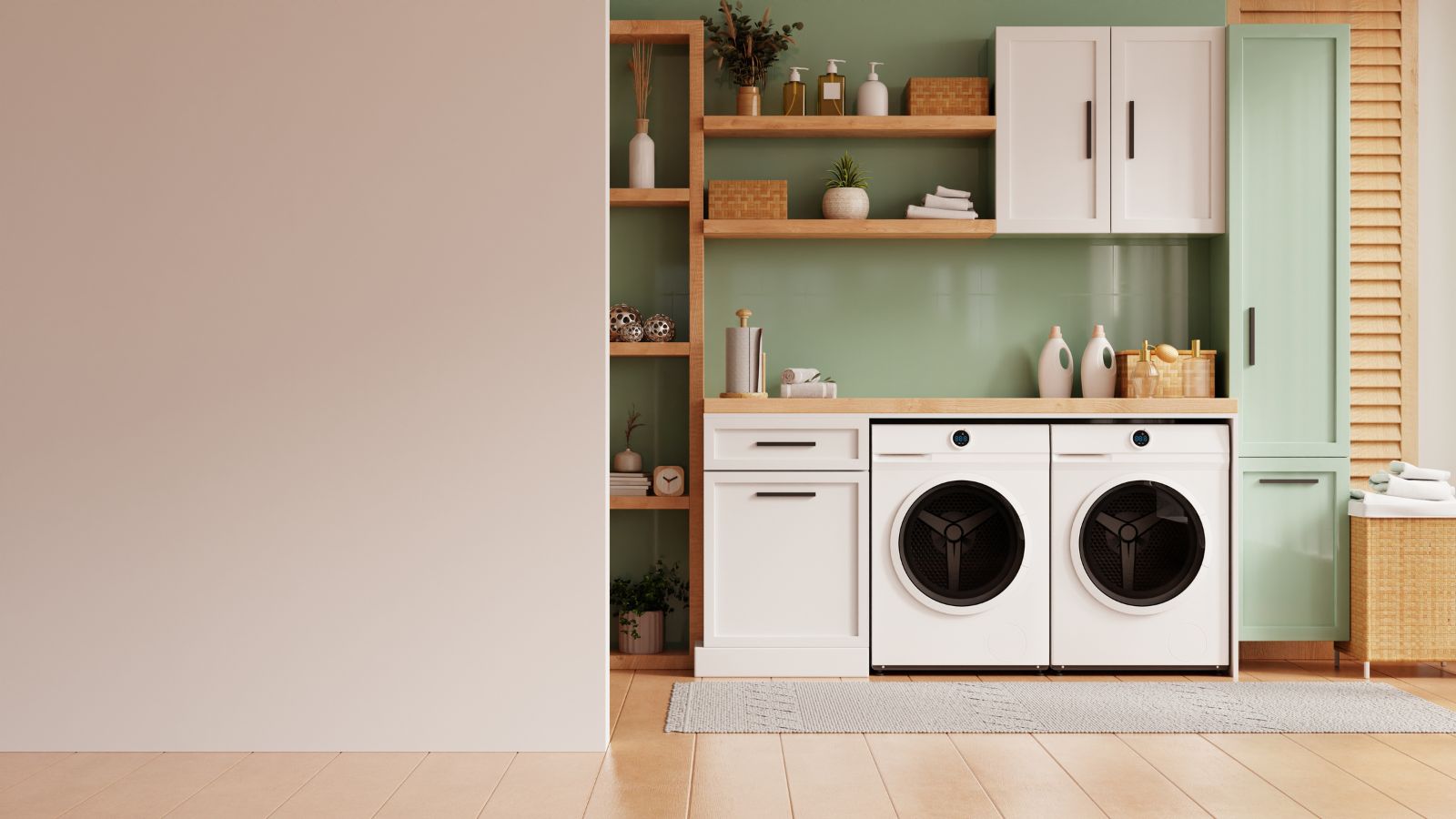
For most of us, time is of the essence when it comes to sorting laundry – the quicker we can get the job done, the better.
While throwing everything into the drum together may feel like the easiest option, sorting clothes properly will make things speedier and more manageable in the long run, and keep your clothes looking lovely for longer, too our experts say.
A little prep work and understanding how to do laundry the right way is all that’s required to set yourself up for a stress-free wash day.
How to sort clothes for laundry
Why is it important to sort clothes for laundry?

Do you need to separate your laundry? 'Improperly sorting clothing during the laundry cycle is one of the most common reasons that people have their clothes come out unclean, discolored, or overall just feeling dingy,' explains Ken Doty, COO and cleaning expert at The Maids. 'Sorting your clothes into the appropriate piles make take some extra time, but it will greatly improve the cleanliness and appearance of your clothing.'
It also helps to know you shouldn't wash bedding and clothes together to allow water and detergent to properly circulate and do their job.
'The best way to combat overwhelming piles of laundry is to implement a sensible sorting system and schedule you can easily stick to,' advises professional organizer Michelle Urban of The Organized House. 'Rather than letting your washing pile up, try doing a load or two every day. Incorporating it into your daily routine will make for smaller loads, which makes the whole process quicker and less daunting.'
So, if you have been wondering should you do laundry everyday, making it a part of your achievable cleaning routine, as recommended by Urban, is a thing people who are good at laundry always do.
So, below, we’ve listed our favorite expert-approved tips, tricks and hacks to help set you up for sorting success.
1. Read the care labels
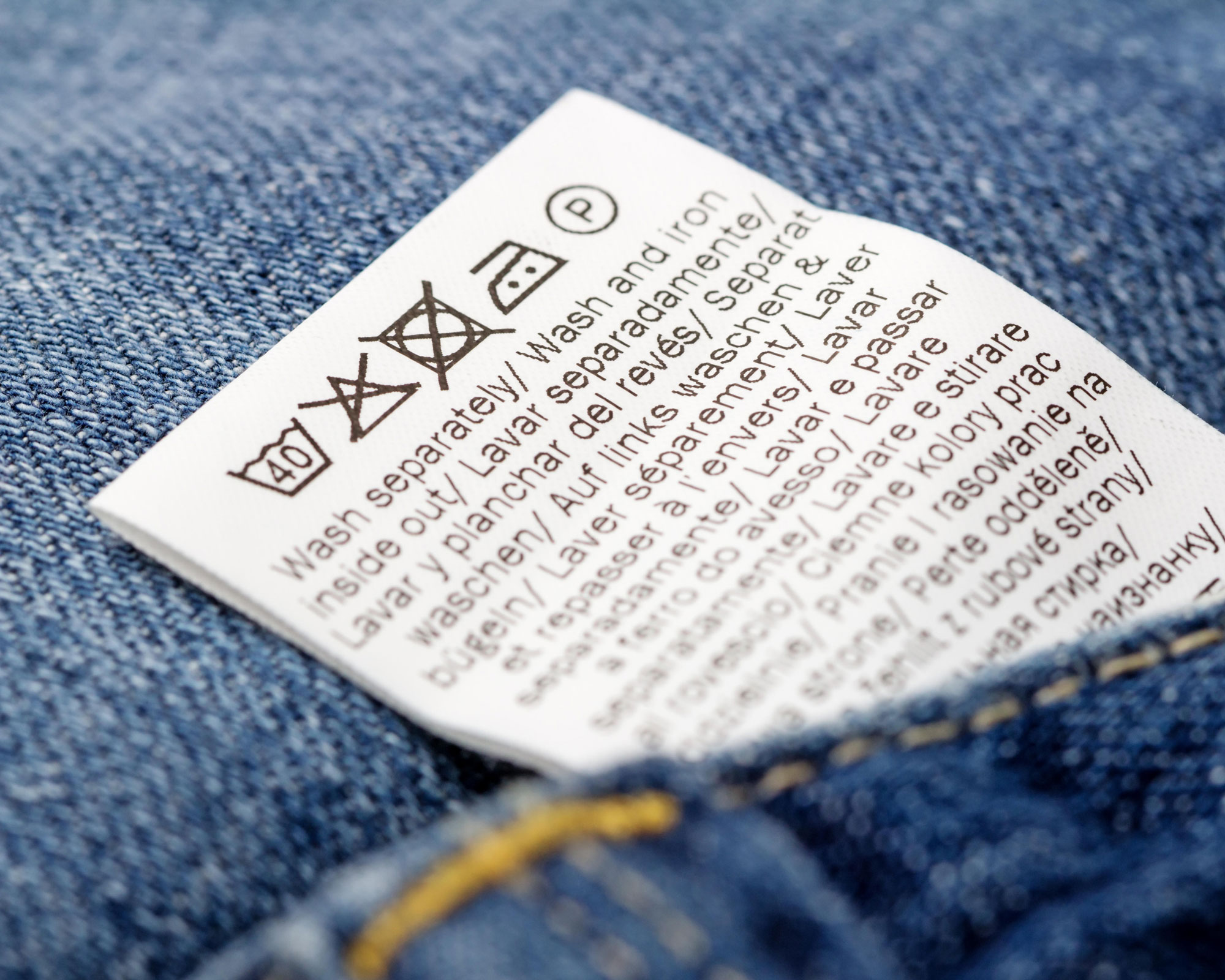
Usually sewn into the seams of garments and linens, care labels provide all the information you need to know how to wash them properly with symbols and text.
'The best place to start is by reading the label on your clothing,' advises cleaning expert Doty. 'Some of these fabrics will have hand washing instructions on them, alongside dry cleaning. While this doesn't mean you cannot use a washing machine, you will have to take extra care when machine washing, and hand washing is always the safer route when you're in doubt.
'Sometimes your label will also clearly state that dry cleaning is the proper drying technique following a hand wash. While these instructions may seem inconvenient, it's always best to follow to give your clothes longevity.'
Therefore, it’s important to familiarize yourself with standard laundry symbols – as different fabrics require different wash cycles, temperatures, and even detergents in some cases. Read the instructions carefully and sort like-with-like if you want to keep your clothes in tip-top condition.
2. Turn clothes inside out
Before you throw your clothes into the appropriate pile, save yourself time by turning and washing clothes inside out. Regardless of whether you use softener or not, a washing machine can be pretty abrasive on clothes, so doing this can help to retain the condition of the fabric, particularly if they have any sequins or similar details.
‘This step is particularly important when it comes to dark-colored items, where faded fabric quickly leads to a dull, lack-luster appearance’, says Anita Lo, owner of Clara’s Box, which can happen even if you know what temperature to wash dark clothes.
At this point, take the time to check pockets for tissues, receipts, or mislaid items, and close all fastenings so they don’t catch on anything or snag more delicate items. Mesh wash bags, available at Amazon are a brilliant way of washing delicates in loads with larger or tougher items without damaging them.
3. Sort by color
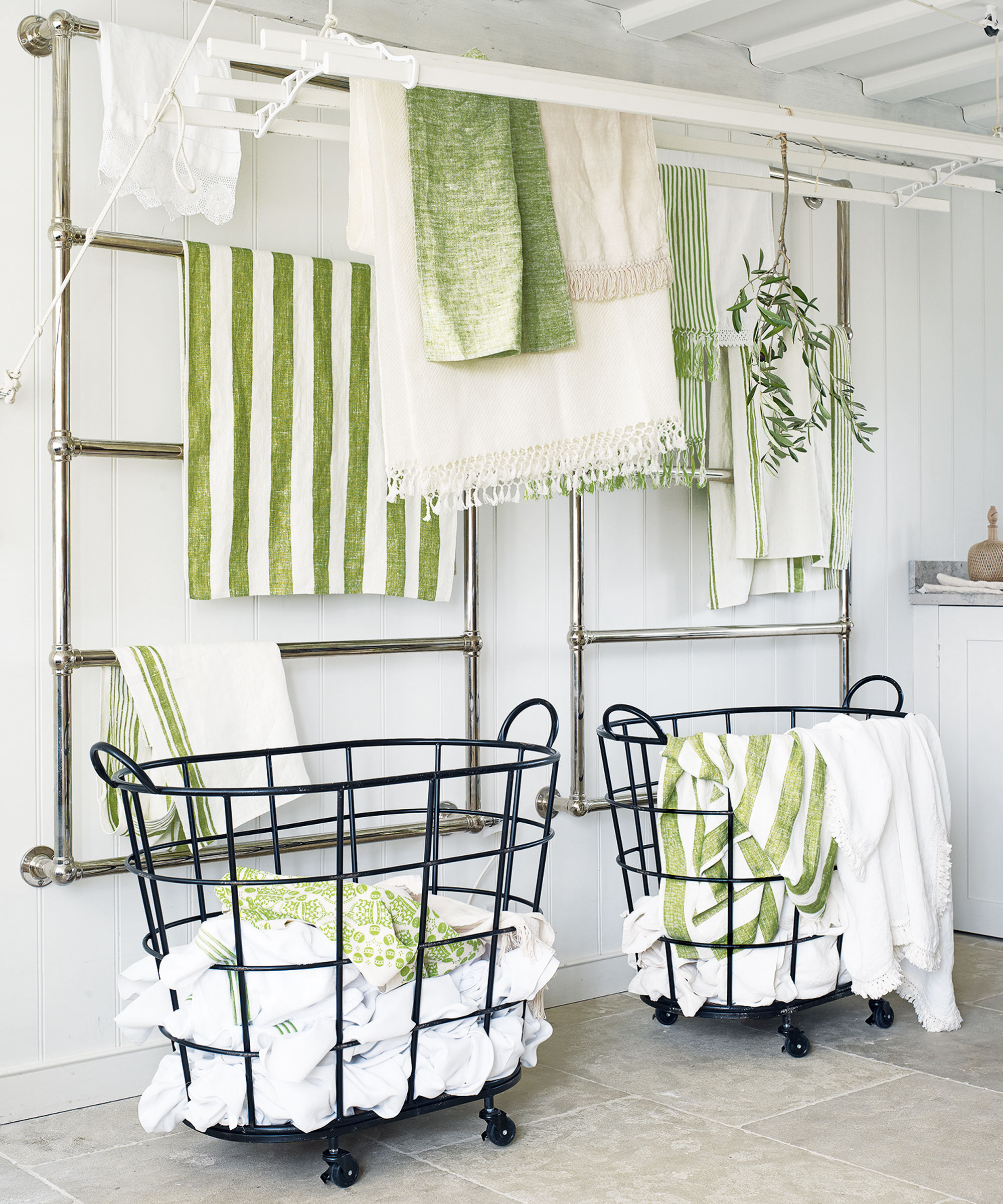
While color-catch cloths claim you can wash everything together, we’re not prepared to take the risk – and neither should you. This age-old task is still as important as ever.
'Sorting by color is incredibly important,' says cleaning expert Doty. 'While you may be able to combine darks and lights for a wash or two, you'll eventually see some color bleeding happen with your white or lighter t-shirts.'
It's therefore always best to separate your dirty laundry into two piles as you prepare to begin your laundry cycle. 'Wash your lights first, and then move to darks,' advises Doty. 'It's also best practice to completely separate your denim as the rougher nature of the material can wear down the more delicate fabrics in t-shirts or dress shirts.'
Our dedicated guide on how to wash jeans and other denim items delves into tips on cleaning these garments without ruining them.
Not sure what constitutes a light, white or bright? When it comes to whites, the clue’s in the name – white items only. Washing whites separately gives you the option to use bleach in laundry if you want to, which is a surefire way to get dingy whites white again but may discolor darker items.
You can also try a more natural method, such as cleaning with lemon juice, or using white vinegar in laundry. When doing so, we recommend using the Great Value Distilled White Vinegar available at Walmart, which is distilled to a five per cent acidity to neutralize odors and make whites bright.
There are mistakes to avoid when washing whites, though, such as overfilling the machine, or using too much or too little detergent, so bear these factors in mind when putting a white wash on.
Any items that aren’t brights or darks, but you wouldn’t count as white, constitute a ‘lights’ load – a pale pink t-shirt, or a tan vest, for example. Take variations of a shade into account; light grays can go into this pile, while dark grays will make up a dark wash. Not doing so is a laundry mistake to avoid.
Again, darks are easy enough to spot – black, navy, dark reds, purples, greens, and so on. These should be washed separetely to prevent your whites and colors from becoming dull, so washing them all together is a laundry mistake to avoid when washing colors.
Then, either wash brights separately, or put them in with a light wash as long as the colors are similar enough.
4. Sort by fabric

Once you’ve sorted by color, go through each pile again and organize by fabric type. This will dictate your washer settings, so it’s important to get it right. White underwear, white towels, and a white cotton blouse will all require different temperatures and cycle spins, and will also dry at different times, too. If you’re unsure, refer to the garment care label.
‘Using a mesh bag for your delicates will help to keep them protected while popping your socks into a separate one will stop them from going missing – handy when you’re organizing your sock drawer afterward,' says professional organizer Emma George of Declutter with Emma.
We recommend the bestselling Mainstays White Polyester Mesh Laundry Bag with Drawstring Closure available at Walmart, which holds up to two loads of laundry and uses a pull-lock drawstring closure to keep items secure in the machine.
5. Wash heavily soiled items separately

'It's always best to separate the truly dirty clothing from your laundry pile,' says cleaning expert Doty. 'These clothing items will likely need multiple washes, and if they're full of grass stains and dirt, they could bleed into other clothing items during the wash.'
Therefore, while you’re sorting your colors and fabrics, look out for items that are stained, or particularly dirty and set them aside. If the stain is fairly small, you can treat it, using a stain remover such as the Tide To Go Instant Laundry Stain Remover Pen and Spot Cleaner available at Walmart, which I use and love, and put it back into the pile to wash as normal.
‘When organizing a laundry room, I like to position stain pre-treatments close to my laundry basket, so I can apply them before I put the item in. This gives it plenty of time to work – just make sure you’re investing in products designed to sit on materials for a few days’, advises Millie Hurst, freelance interiors writer for Homes & Gardens.
Items that are heavily stained or dirty, such as muddy sportswear, sweaty gym gear or soiled baby clothes should be washed separately. Cloth diapers and baby clothes are items you should always wash in hot water, whereas sportswear and gym gear are items you should never wash in hot water, to avoid setting stains for good.
Instead, wash cold with an effective detergent, such as the Tide Ultra Oxi Liquid Laundry Detergent Soap available at Amazon. You can also try using baking soda in laundry, which will gently and naturally neutralize odors and help to remove stubborn stains.
6. Keep ‘first washes’ separate

Wondering should you wash new clothes and linens? Much like heavily soiled items, new and old clothes and linens are things you should never wash together in the washing machine, to ensure they don't bleed onto other items in your laundry load, experts warn
This happens particularly with dark or brightly colored materials, and while color catcher sheets, such as the popular pick Shout Color Catcher, Dye-Trapping Sheets available at Walmart can help, there's only so much they can do, so it's best not to rely on them.
Washing new clothes and linens will also kill any bacteria or mold spores which may be on the clothing when you purchased it, particularly when shopping sustainably and buying secondhand at the thrift store.
7. Keep dry-clean only items separate

It’s tempting, we know, but if an item says ‘dry clean’ on the label, more often than not it's best to trust it. Putting it in the washer, even in a delicate setting, can damage the garment permanently – you’ll spend more money replacing them than you would be getting them washed properly!
The same goes for 'hand-wash' items. If you would like to, however, our guide on how to dry clean clothes at home details how to do so effectively and safely without using a washing machine.
‘I like to keep a ‘snag-bag’ in my laundry room for items that need dry-cleaning or alterations so they’re out of the laundry basket altogether,' says Katherine Blackler, founder of Sort My Space. 'That way, you'll avoid putting them in the wash by mistake, and you'll be able to outsource in bulk which should save you multiple trips to the launderette, and a bit of money, too.'
If you want to know how to hand wash clothes, my three step method for hand washing wool leaves jumpers soft and without shrinking – and the need for a trip to the dry cleaners. Always use a delicate detergent when doing so, such as the Woolite laundry detergent, available at Walmart.
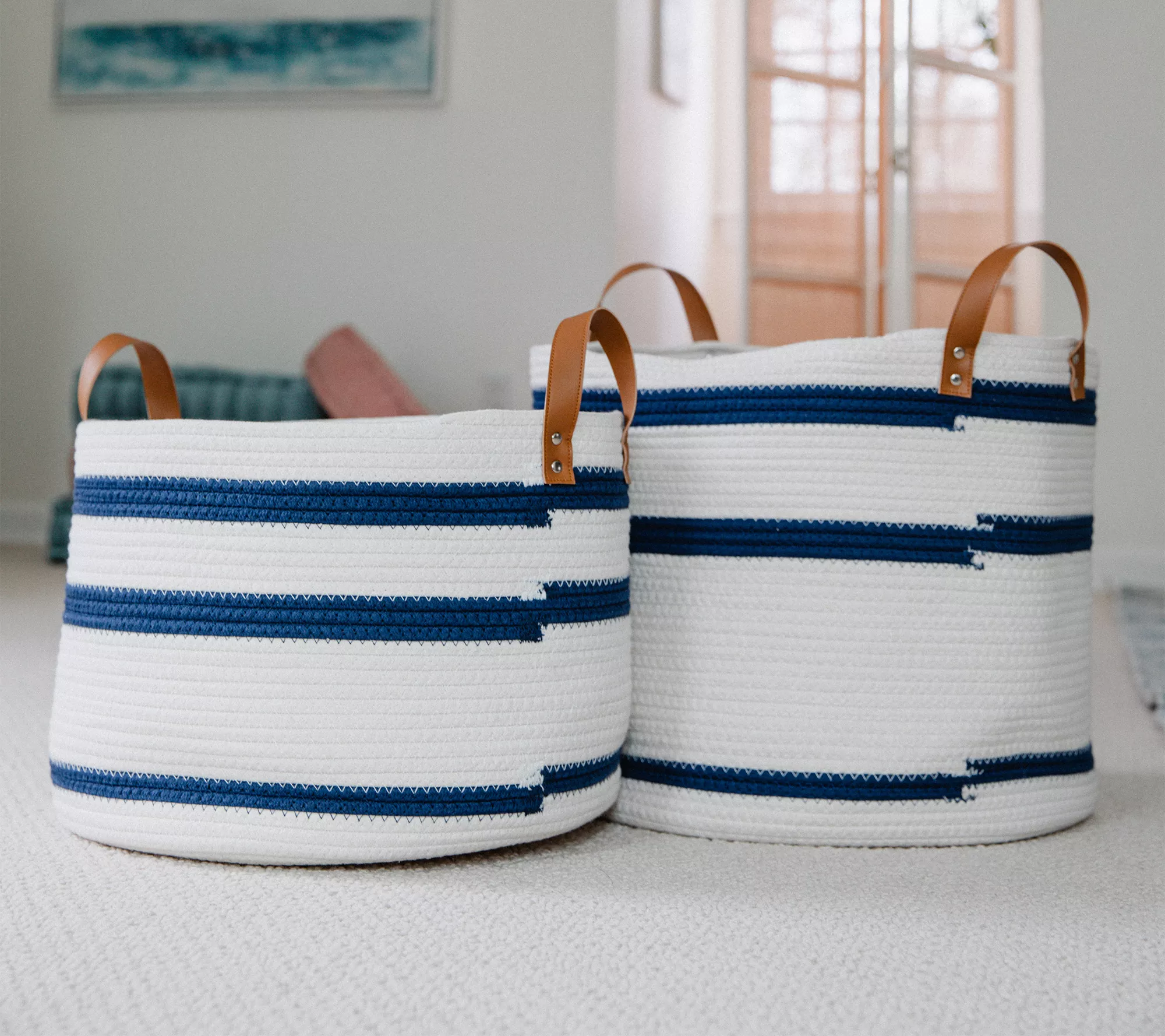
A pretty set of baskets like these will come in handy for separating items for dry cleaning or delicate cycles,.These have reinforced grab handles for easy portability if you do need to load a basket into the car and head for your local dry cleaners.
8. Sort again before drying

Items that suit the same washer settings may not share the same dryer settings, so you’ll need to sort them again. It’s usually the temperature you’re looking for – check the garment label or refer to a tumble dryer temperature guide, then create piles accordingly.
Some garments might not be suitable for tumble drying at all, so remove these at this point and air dry, them instead, to get the benefits of air-drying laundry, or use a heated airer or clothes rack indoors, such as the Joseph Joseph Eclipse indoor clothes airer, which I tested and found to be perfect for small spaces.
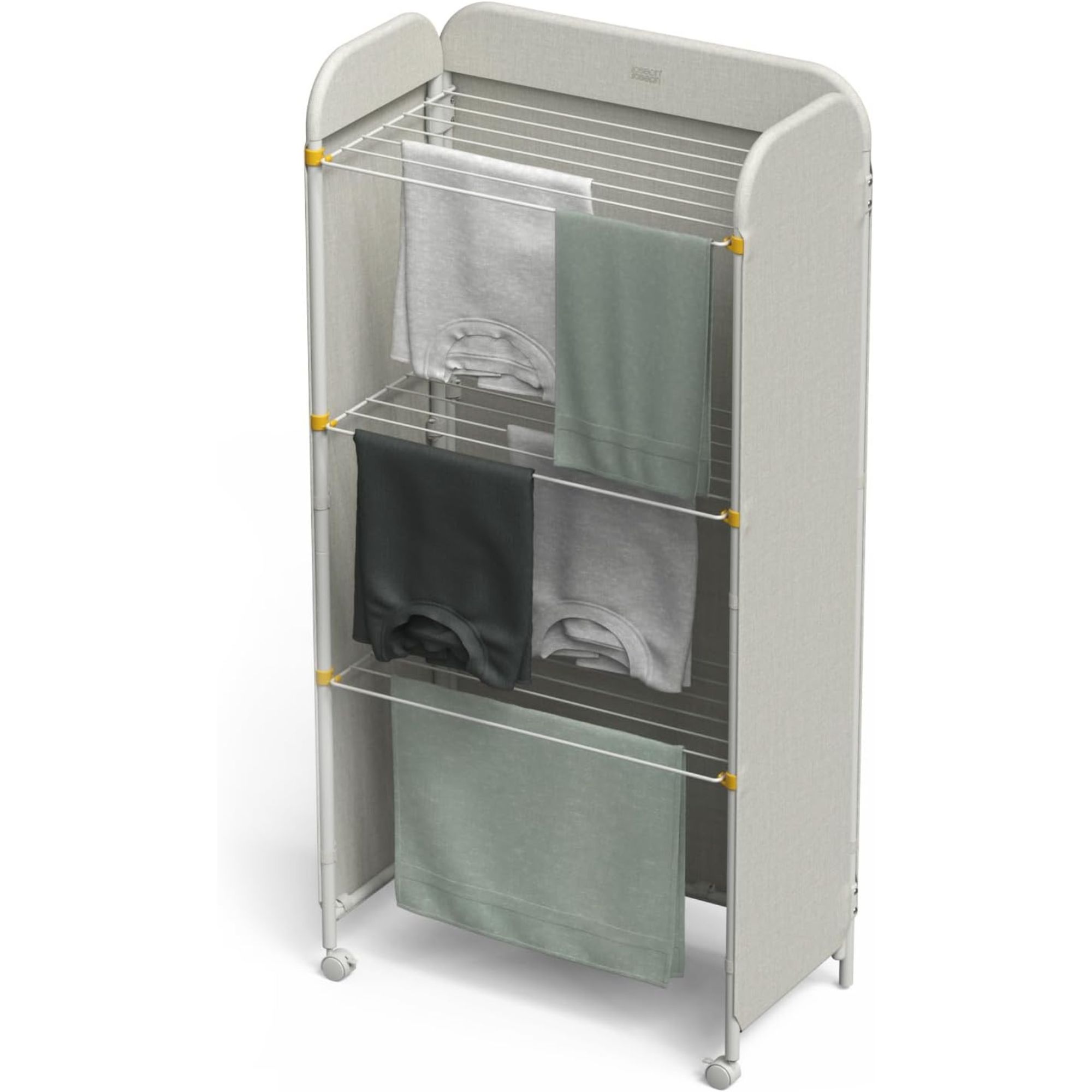
This discreet clothes rack has a drying capacity of 45 feet, with a tasteful, neutrally colored material screen to tastefully hide drying washing from sight without impeding drying time.
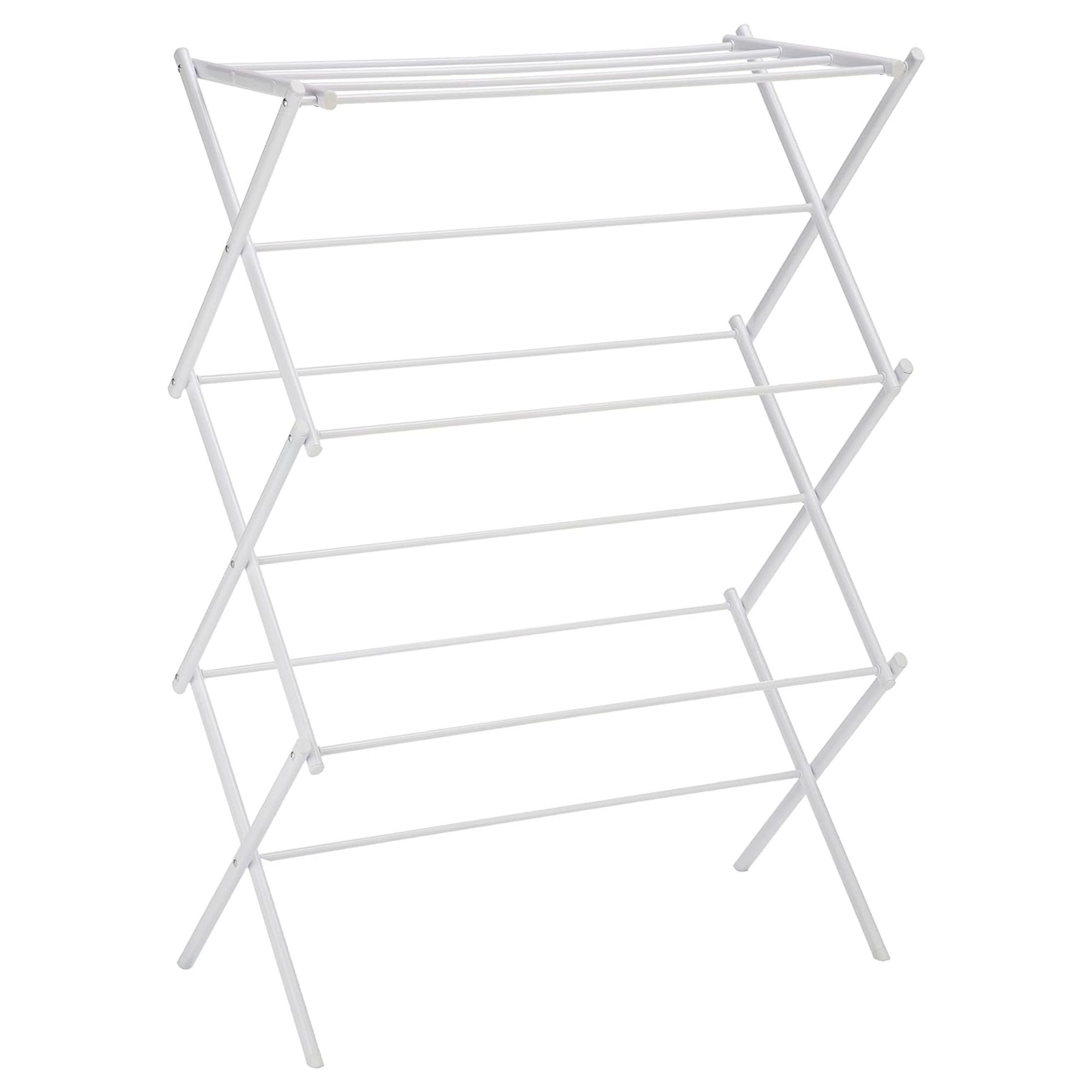
This is a great affordable option for air-drying laundry, made of durable, lightweight steel. It also folds flat for easy carrying and compact storage.
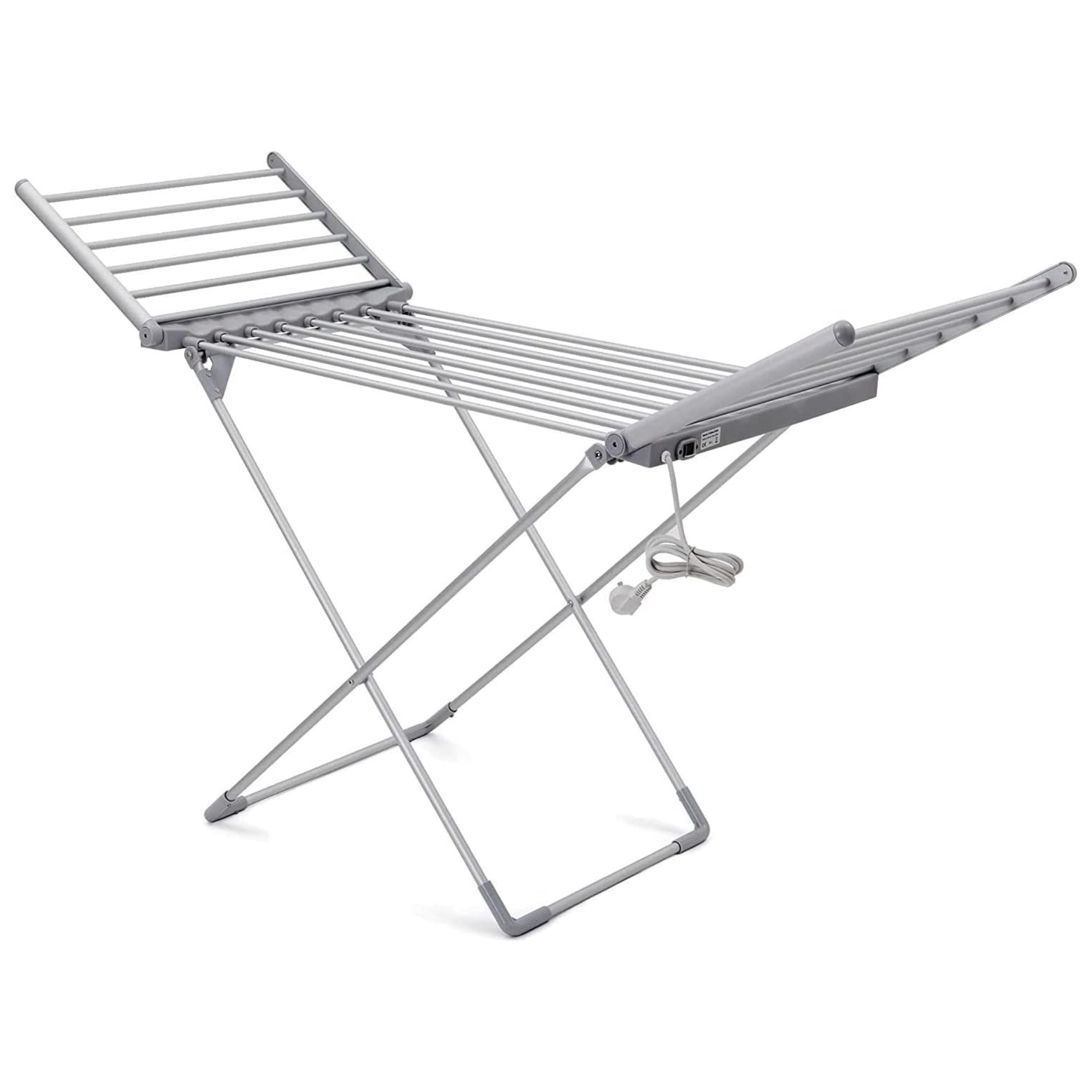
This heated rack has 20 drying rods, to effectively speed up the drying process of your laundry. It's also foldable, and made of a sturdy aluminium frame.
9. Assign wash days for different items
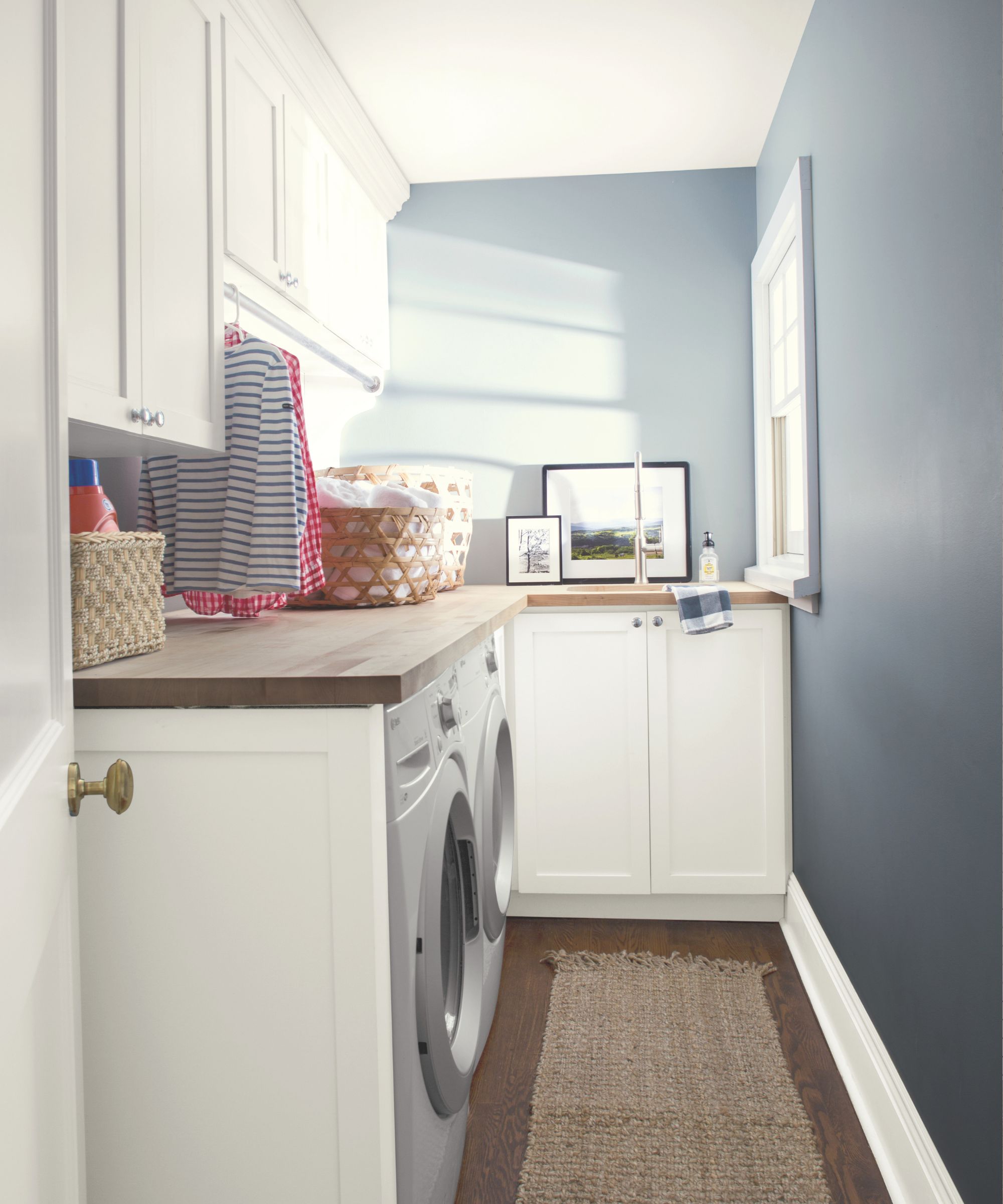
So we now know how to sort laundry, but preventing those piles from building up in the first place is the main laundry organizational hack that tops our list. And you’ll be glad to know, it’s a lot easier than you think. The trick is to keep things manageable. One of the best ways to do this is to set yourself a laundry schedule.
‘Establishing two days a week for washing clothes and another just for bedding and towels can help to keep things manageable, and makes sorting less of a chore’, says professional organizer George.
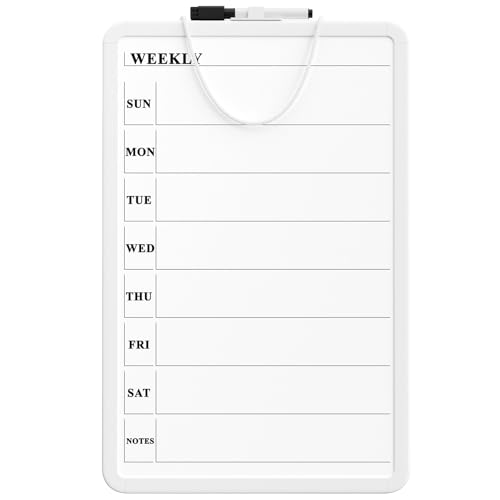
This double-sided magnetic laundry schedule whiteboard is perfect for reminding you or members of your household what load to do when.
10. Speed things up by pre-sorting clothes
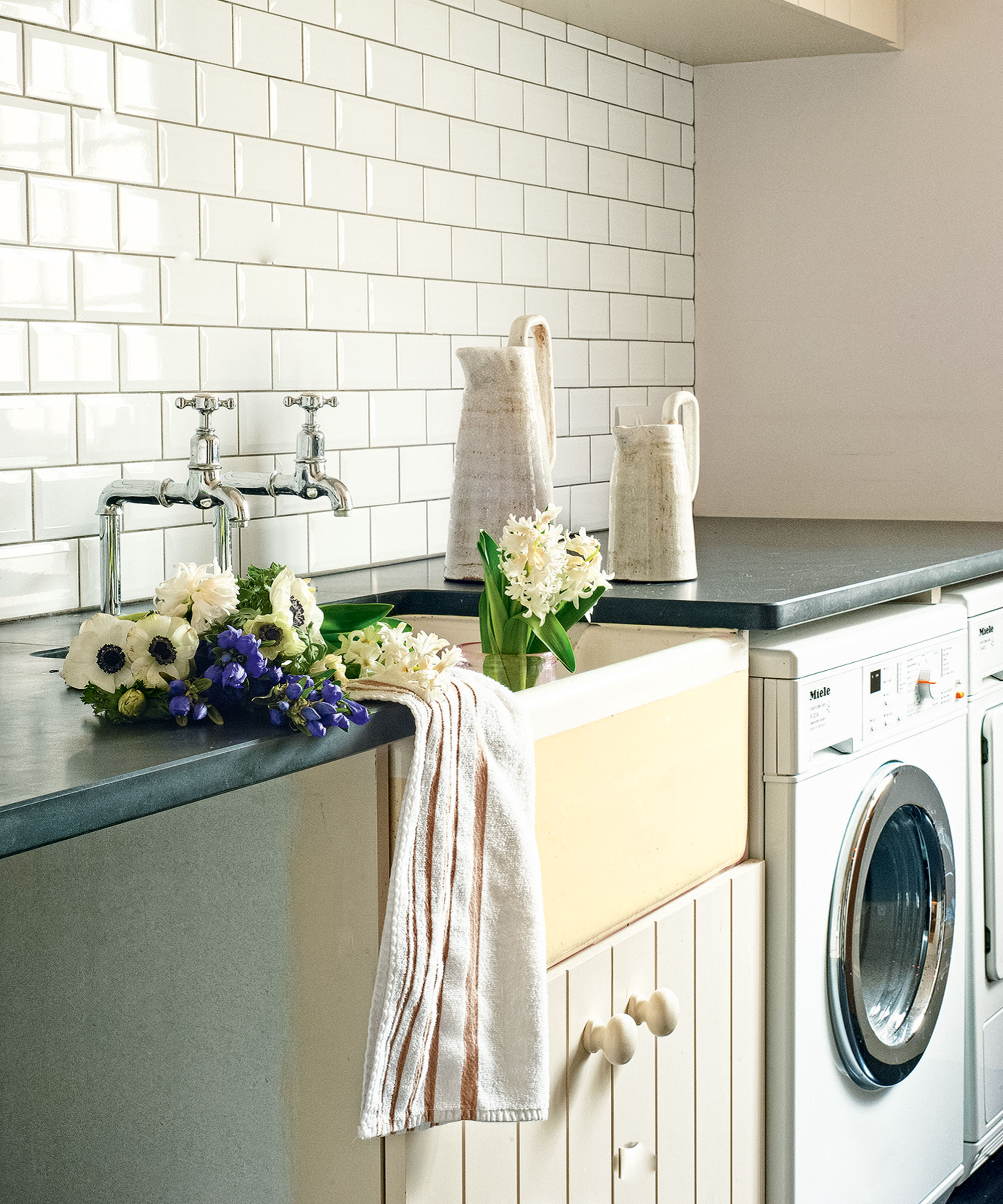
Another option is to pre-sort as you go. 'To make sorting laundry quicker and easier in general, invest in a laundry basket with different compartments. It will save you so much time if you can sort clothing as you go, rather than rummaging through endless piles of dirty clothes on wash day’, advises cleaning expert Sarah Dempsey at My Job Quote.
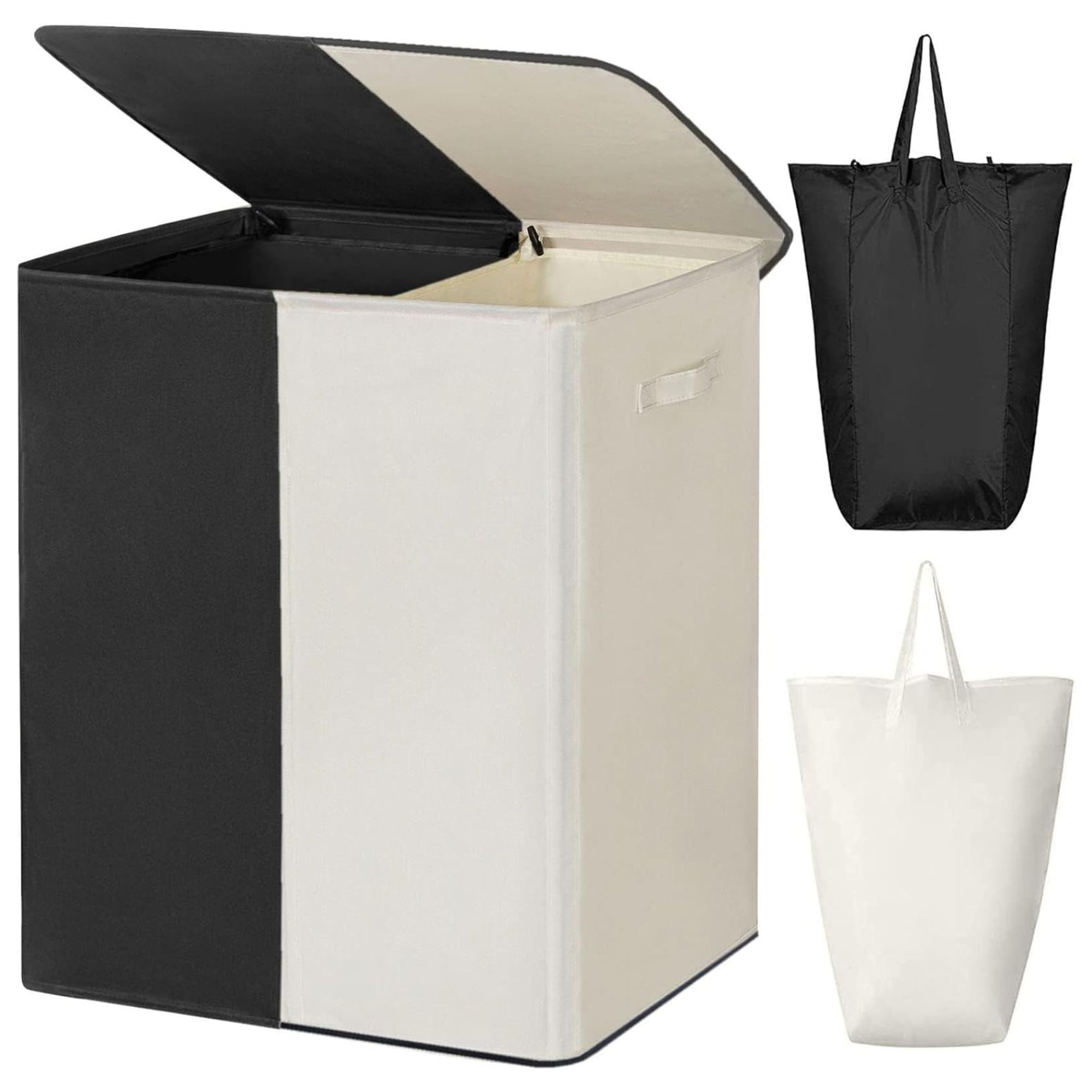
This clever laundry basket has two detachable laundry bags, so you can easily separate and grab your light and dark washing and take it straight to your washing machine once full. It also has a large capacity, with each bag holding approximately three loads of washing respectively.
Once you know how to sort clothes for laundry, learn how to make laundry smell better.
Sign up to the Homes & Gardens newsletter
Design expertise in your inbox – from inspiring decorating ideas and beautiful celebrity homes to practical gardening advice and shopping round-ups.

Ottilie joined Homes & Gardens last year, after finishing a Master's in Magazine Journalism at City, University of London. With previous contributions in Livingetc and Motorsport Magazine, she produces content for the Solved section on the website, focusing on clever tips and tricks to keep your home beautiful, organized and clean. She also has an undergraduate degree in English Literature and History of Art from the University of Edinburgh, where she developed a love for inspiring interiors and architecture.
- Tara KingContributing Editor
-
 Designers say these are the 10 kitchen cabinet details to know about if you want to elevate your space
Designers say these are the 10 kitchen cabinet details to know about if you want to elevate your spaceIt's all in the details – the designer touches that make all the difference to your kitchen cabinets
By Karen Darlow Published
-
 Garden experts warn against overcrowding flower beds – why this on-trend look is the worst thing you can do
Garden experts warn against overcrowding flower beds – why this on-trend look is the worst thing you can doIt's tempting to create an abundant, overflowing garden bed, but it can limit your plants in more ways than one
By Tenielle Jordison Published
-
 My cheap dehumidifier makes easy work of air drying laundry indoors despite the humidity of spring showers – get yours on sale for just $49 now
My cheap dehumidifier makes easy work of air drying laundry indoors despite the humidity of spring showers – get yours on sale for just $49 nowIt's useful for lots of things around my home
By Punteha van Terheyden Published
-
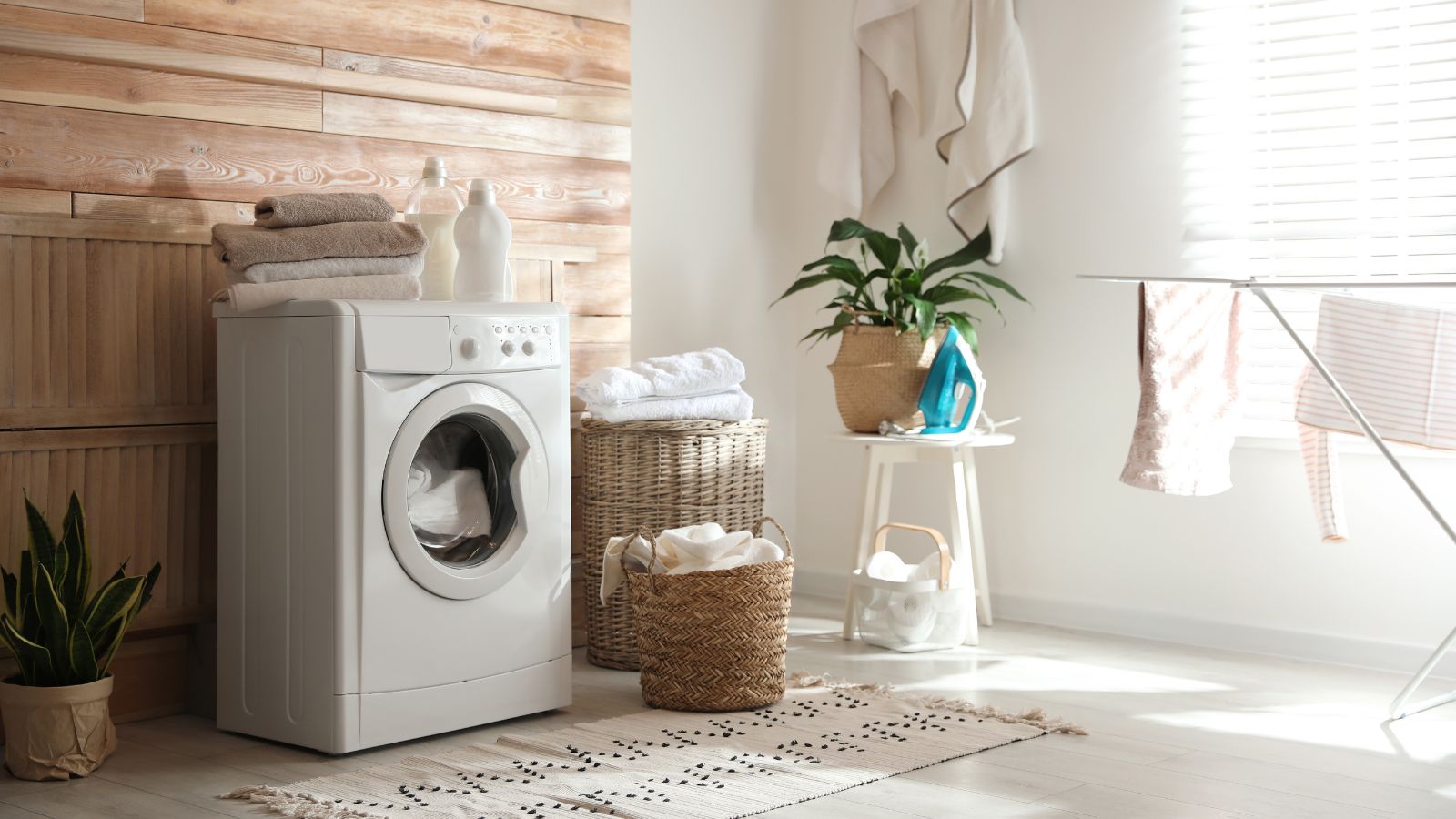 Looking for a natural laundry-softening alternative? I'm a professional cleaner and it's time to ditch synthetic ones for 5 non-toxic softeners that work
Looking for a natural laundry-softening alternative? I'm a professional cleaner and it's time to ditch synthetic ones for 5 non-toxic softeners that workRefresh your laundry routine with these fabric softener alternatives
By Karina Toner Published
-
 Unlock the magical mold-killing and stain-busting superpower of this humble household ingredient that costs just 50 cents
Unlock the magical mold-killing and stain-busting superpower of this humble household ingredient that costs just 50 centsIf you have aspirin in the house, you can use it to banish mold
By Ottilie Blackhall Published
-
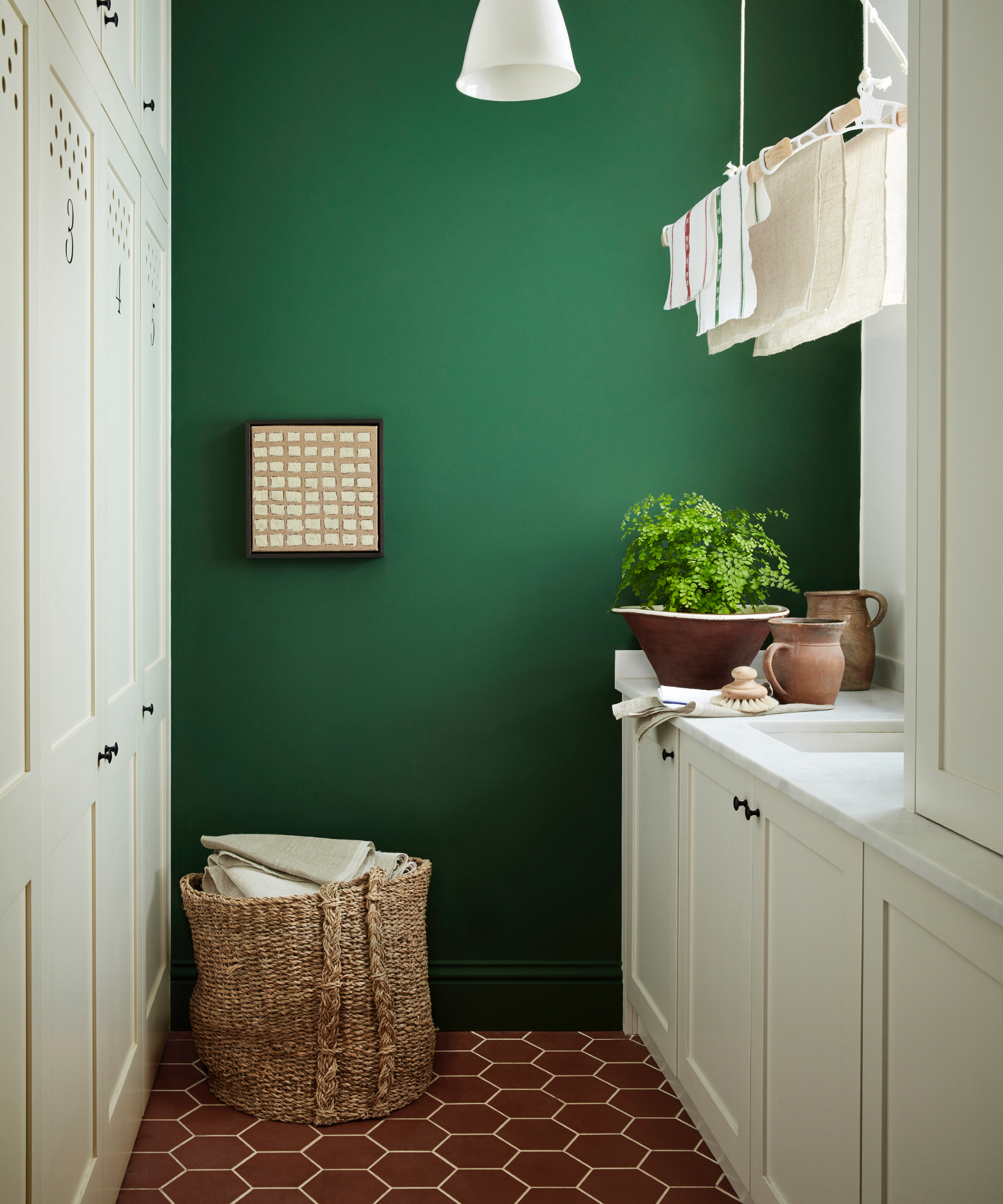 5 warning signs you're using the wrong amount of detergent – avoid greasy residue, stiff fabrics and skin issues with these simple cleaner-approved tips
5 warning signs you're using the wrong amount of detergent – avoid greasy residue, stiff fabrics and skin issues with these simple cleaner-approved tipsPlus, why it's important to get the amount just right
By Ottilie Blackhall Published
-
 6 ways to prevent mold and damp in bedrooms – expert solutions to maintain a safe sleep environment
6 ways to prevent mold and damp in bedrooms – expert solutions to maintain a safe sleep environmentDon't sleep on these six tips, experts urge
By Seraphina Di Mizzurati Published
-
 Laundry experts reveal 7 unexpected washing rules you can throw out the window – from separating fabrics to mixing whites and colors
Laundry experts reveal 7 unexpected washing rules you can throw out the window – from separating fabrics to mixing whites and colorsForget everything you thought you knew
By Ottilie Blackhall Published
-
 Using this button on your washing machine will cut your bills and help the planet
Using this button on your washing machine will cut your bills and help the planetA single switch can make a load of difference
By Chiana Dickson Published
-
 Experts reveal the 5 toxic items lurking in your laundry room – and what to swap them with for a healthier routine
Experts reveal the 5 toxic items lurking in your laundry room – and what to swap them with for a healthier routineFor a room focused on cleaning, some of its items can be surprisingly toxic
By Chiana Dickson Published